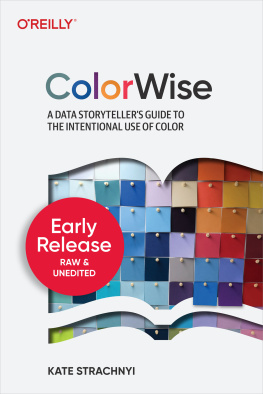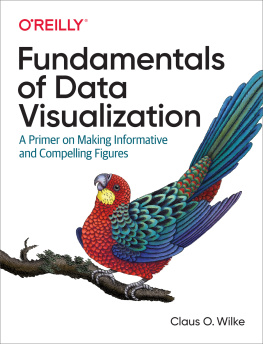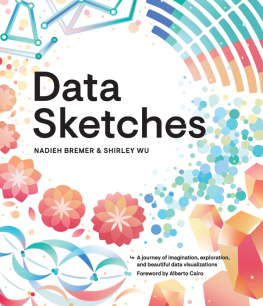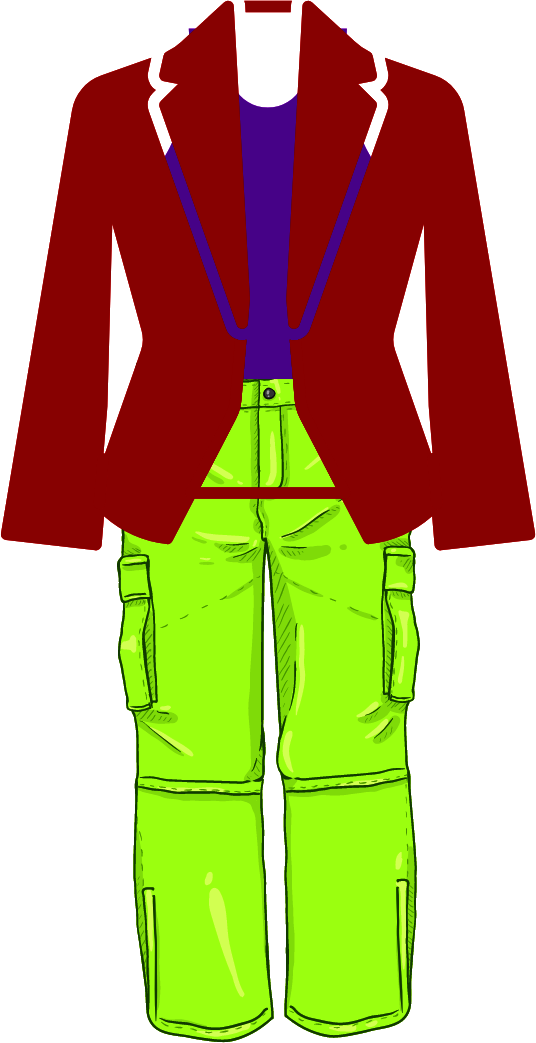Kate Strachnyi - ColorWise: A Data Storytellers Guide to the Intentional Use of Color
Here you can read online Kate Strachnyi - ColorWise: A Data Storytellers Guide to the Intentional Use of Color full text of the book (entire story) in english for free. Download pdf and epub, get meaning, cover and reviews about this ebook. year: 2022, publisher: OReilly Media, genre: Home and family. Description of the work, (preface) as well as reviews are available. Best literature library LitArk.com created for fans of good reading and offers a wide selection of genres:
Romance novel
Science fiction
Adventure
Detective
Science
History
Home and family
Prose
Art
Politics
Computer
Non-fiction
Religion
Business
Children
Humor
Choose a favorite category and find really read worthwhile books. Enjoy immersion in the world of imagination, feel the emotions of the characters or learn something new for yourself, make an fascinating discovery.
- Book:ColorWise: A Data Storytellers Guide to the Intentional Use of Color
- Author:
- Publisher:OReilly Media
- Genre:
- Year:2022
- Rating:3 / 5
- Favourites:Add to favourites
- Your mark:
ColorWise: A Data Storytellers Guide to the Intentional Use of Color: summary, description and annotation
We offer to read an annotation, description, summary or preface (depends on what the author of the book "ColorWise: A Data Storytellers Guide to the Intentional Use of Color" wrote himself). If you haven't found the necessary information about the book — write in the comments, we will try to find it.
Data has become the most powerful tool in business today, and telling its story effectively is critical. Yet one of the best communicatorscoloris the most neglected tool in data visualization. With this book, DATAcated founder Kate Strachnyi provides the ultimate guide to the correct use of color for representing data in graphs, charts, tables, and infographics.
Ideal for data and business analysts, data scientists, and others who design infographics and data visualizations, this practical resource explores color tips and tricks, including the theories behind them and why they work the way they do. ColorWise covers the psychology, history, and culture of many different colors. This book is also a useful teaching tool for learning about proper use of color for data storytelling techniques and dashboarding.
Youll explore:
- The role that color theory plays in data visualization and storytelling
- Various color techniques you can use to improve data visualizations
- How colors affect your audiences understanding of data visualizations
- How to use color intentionally to help guide your audience
- Tips for using colors that people with color vision deficiency can interpret
- How to apply the books guidelines for use in your own projects
Kate Strachnyi: author's other books
Who wrote ColorWise: A Data Storytellers Guide to the Intentional Use of Color? Find out the surname, the name of the author of the book and a list of all author's works by series.













